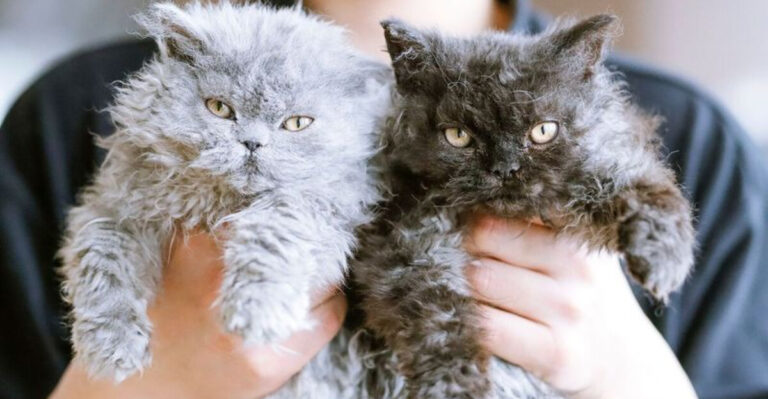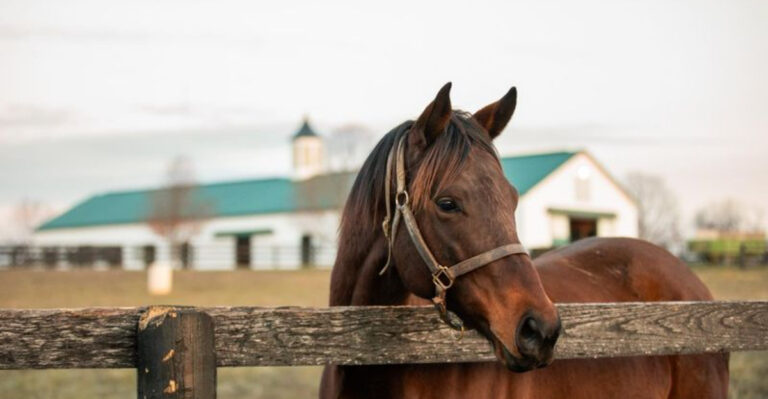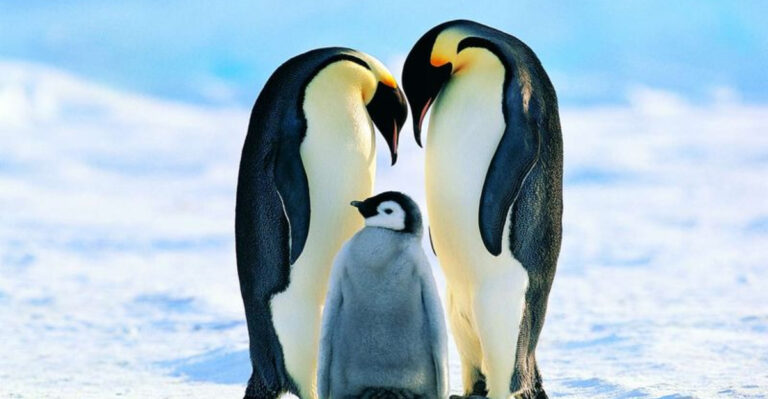The Challenges Of Protecting Endangered Big Cats
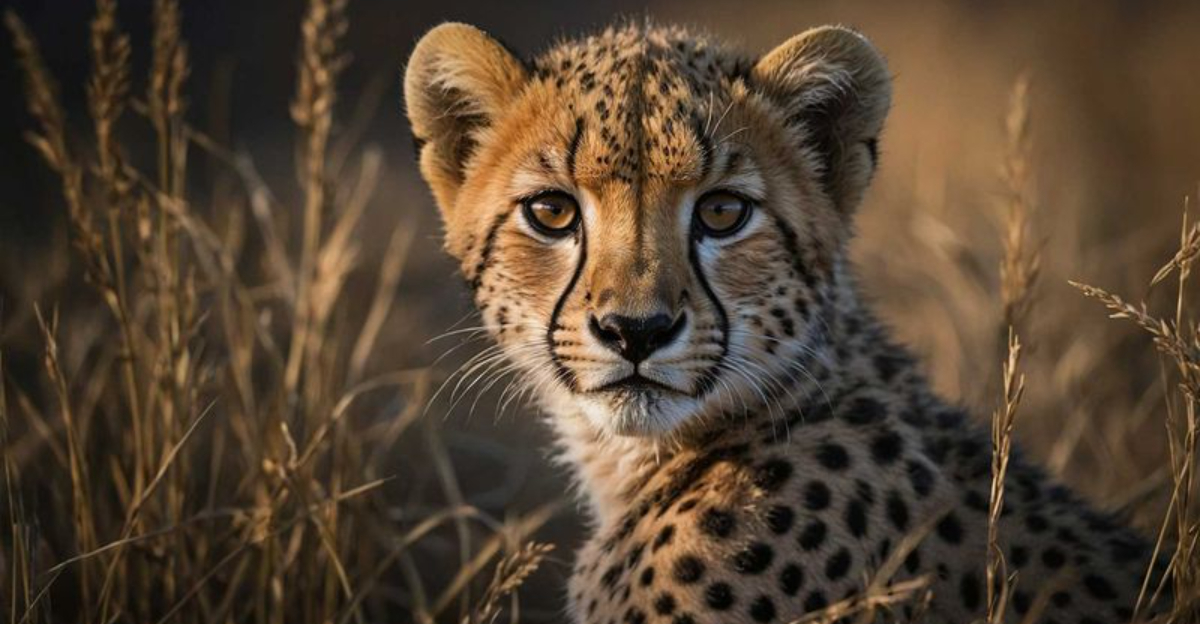
The majestic big cats of our world are facing an unprecedented crisis. Each roar, once a symbol of wild freedom, now echoes a desperate call for help.
Protecting these incredible creatures is not just a challenge, it’s a battle—one that requires passion, dedication, and a global effort.
Here, we explore significant obstacles that conservationists confront in their quest to safeguard these magnificent animals.
1. Habitat Destruction
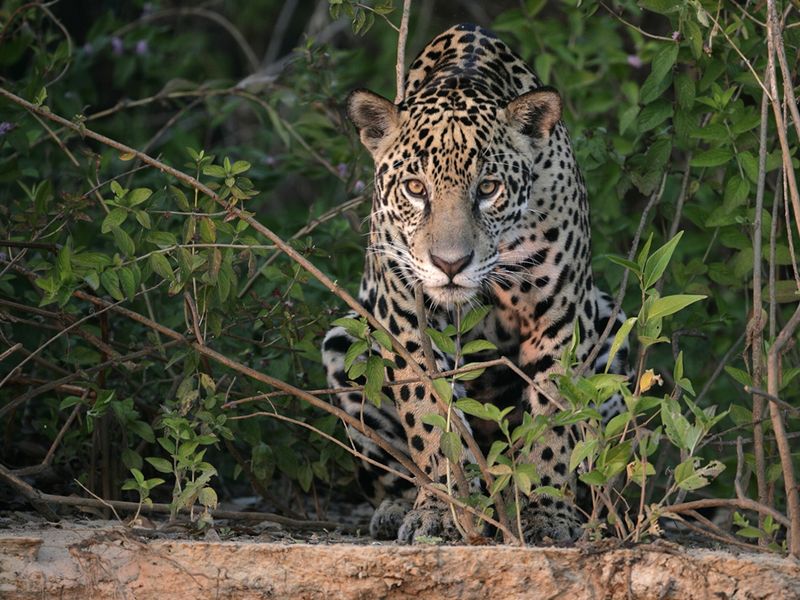
In the relentless march of urban expansion, habitat destruction is the leading peril for big cats. Forests and grasslands that once flourished are being mercilessly cleared to make way for agriculture, infrastructure, and human settlements.
This relentless encroachment forces big cats to roam into unfamiliar territories, often leading to conflicts with humans. The loss of their natural habitats means these majestic creatures struggle to find food and shelter, crucial for their survival.
Protecting and restoring these habitats is vital. Efforts must focus on creating wildlife corridors and sustainable land-use practices. These steps can help maintain the delicate balance of ecosystems that big cats depend on. The challenge is enormous, but the rewards—a thriving, biodiverse planet—are worth the effort.
2. Poaching And Illegal Trade
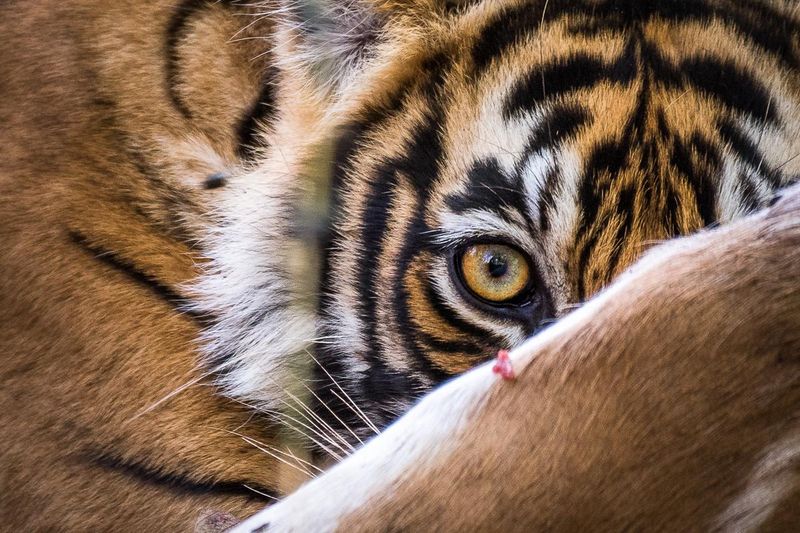
Poaching is a grim reality that plagues big cats across the globe. The allure of their luxurious pelts and body parts fuels an illegal trade that is as lucrative as it is destructive.
Despite international laws and efforts, poachers continue to exploit these animals, driven by greed and a thriving black market. The consequences are dire: dwindling populations and the risk of extinction.
To combat this threat, stronger enforcement of anti-poaching laws is crucial. There must be a concerted effort to dismantle trafficking networks and educate communities about conservation. Only then can we hope to turn the tide in favor of these storied predators.
3. Human-Wildlife Conflict
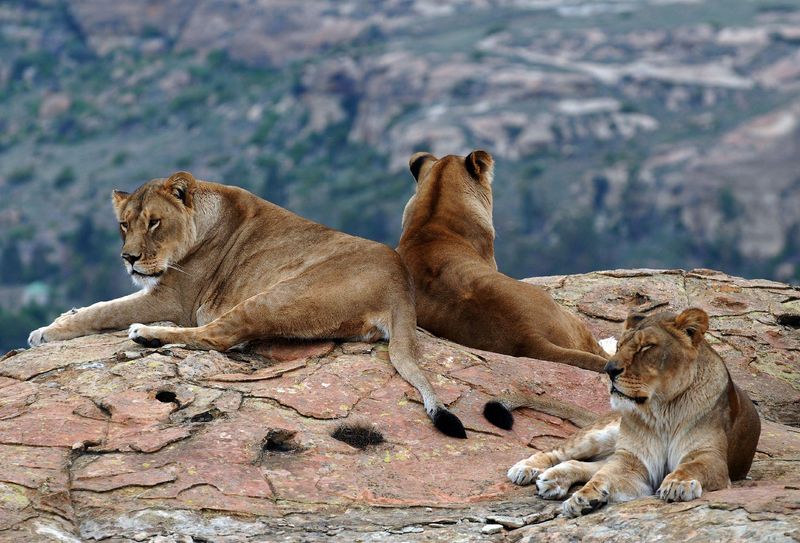
As human populations expand, so too does the conflict with wildlife. Big cats, in search of prey, often find themselves in human settlements, leading to tragic encounters.
Livelihoods are threatened as livestock fall prey, and fear of attacks grows. This animosity results in retaliatory killings, further endangering big cat populations.
Building understanding and coexistence is key. Innovative solutions like predator-proof enclosures and community-based conservation programs can mitigate conflicts. By fostering harmony between humans and big cats, we pave the way for a future where both can thrive.
4. Climate Change
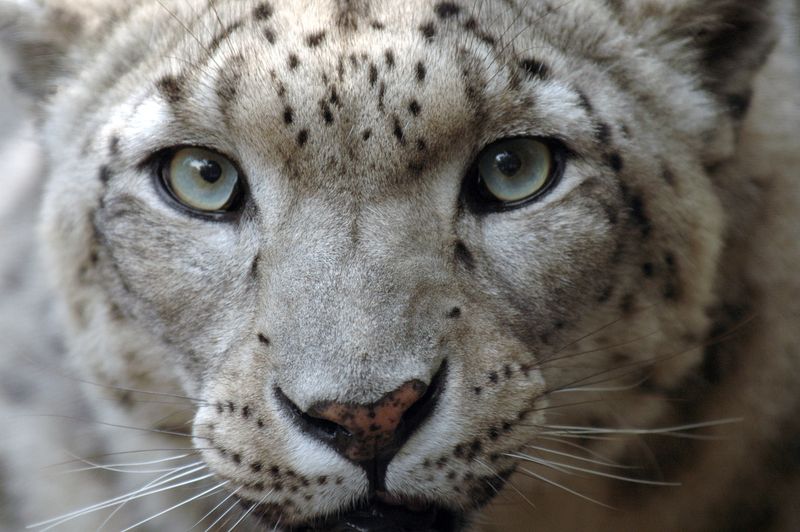
Climate change is altering the very ecosystems that big cats call home. Rising temperatures and shifting weather patterns disrupt the availability of prey and suitable habitats.
For species like the snow leopard, the rapid melting of ice caps means a dramatic loss of habitat. This not only threatens their survival but also affects the entire ecological balance.
Addressing climate change requires global cooperation and commitment. By reducing carbon footprints and protecting critical habitats, we can help ensure a future for these extraordinary creatures. It’s a formidable challenge, but one that must be met with urgency and determination.
5. Lack Of Genetic Diversity
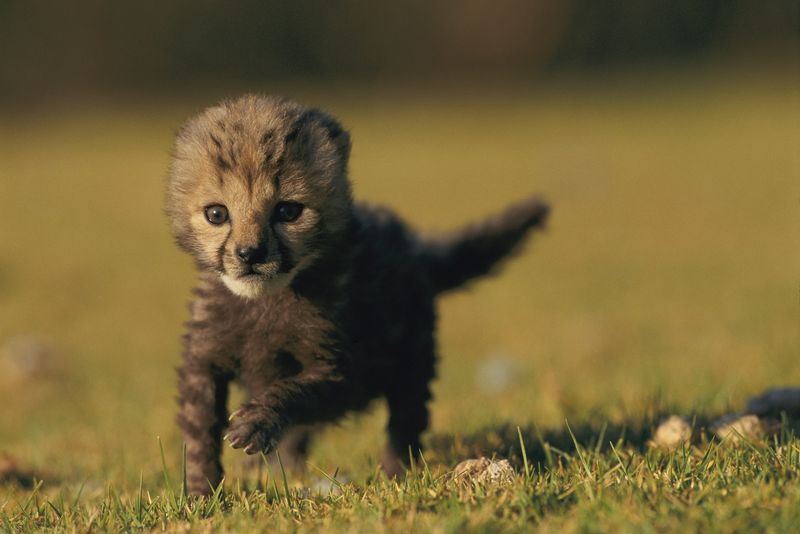
Inbreeding is a silent threat that looms over many big cat populations. Small, isolated groups often suffer from a lack of genetic diversity, making them susceptible to disease and reducing their ability to adapt.
For species like the cheetah, this genetic bottleneck jeopardizes their existence. Without intervention, the risks of extinction grow exponentially with each generation.
Conservationists are exploring innovative techniques, such as genetic research and breeding programs, to bolster diversity. The goal is to create resilient populations that can withstand environmental changes and health challenges.
6. Insufficient Funding
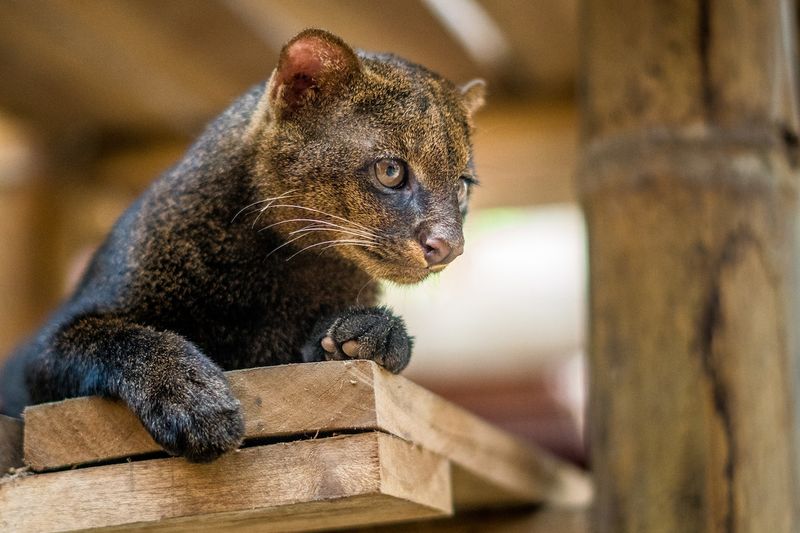
Funding is the lifeblood of conservation efforts, yet it remains one of the biggest hurdles. Protecting big cats requires significant resources, from anti-poaching patrols to habitat restoration.
Many projects struggle to secure the financial backing needed to make a lasting impact. Without adequate funding, the fight to save these animals remains an uphill battle.
Raising awareness and fostering partnerships with governments, NGOs, and the private sector is essential. Through collective action, we can secure the funds necessary to support the vital work of protecting these incredible creatures.
7. Disease Outbreaks
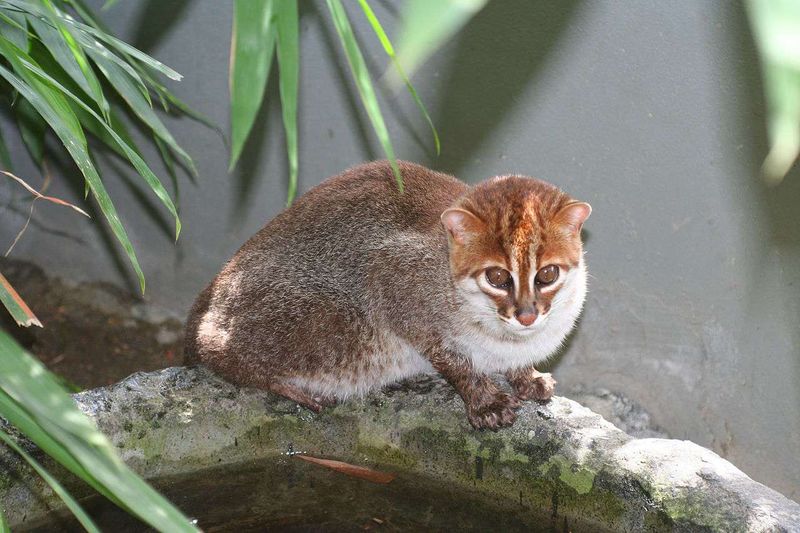
Disease outbreaks can have devastating effects on big cat populations, often spreading rapidly through isolated communities. These outbreaks can be natural or exacerbated by human activities that bring domestic animals into proximity.
The impact of diseases like feline immunodeficiency virus or canine distemper can decimate entire prides or packs, leaving populations on the brink.
Preventative measures, such as vaccination programs and monitoring, are crucial. Conservationists must work diligently to identify and mitigate these health threats before they escalate into full-blown crises.
8. Political Instability
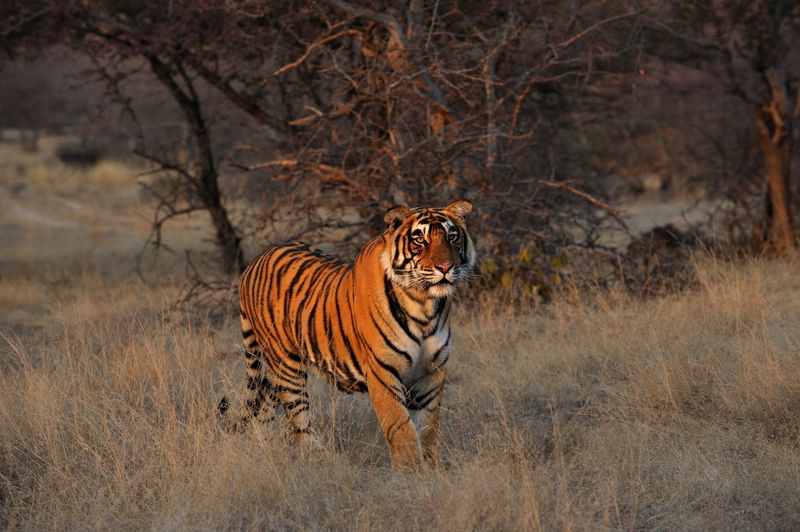
Political instability is an unpredictable and dangerous challenge for big cat conservation. In regions plagued by conflict, conservation efforts are often overshadowed by chaos and resource diversion.
Wildlife reserves can become battlegrounds, and the enforcement of protections weakens as focus shifts to human survival and security.
Navigating these complexities requires diplomatic efforts and collaboration with local communities. By fostering peace and stability, conservation initiatives can regain momentum and protect these vulnerable species from further harm.
9. Lack Of Public Awareness
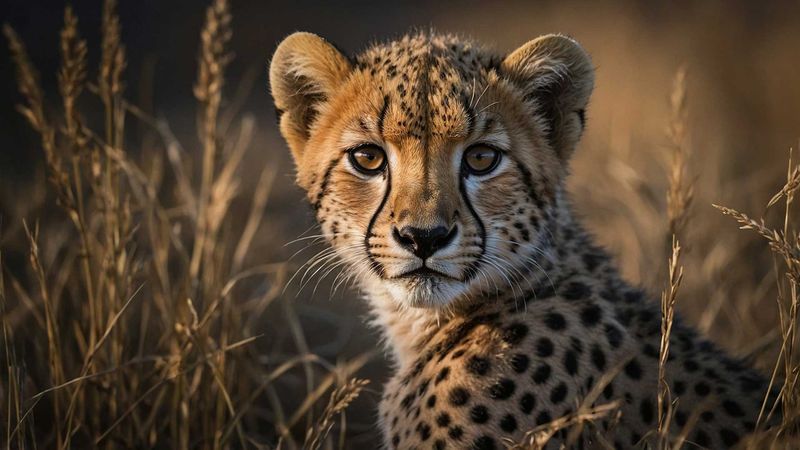
Public awareness is the backbone of conservation success. Yet, many people remain unaware of the plight faced by big cats and their ecological importance.
Ignorance breeds inaction. Without widespread understanding and support, efforts to protect these magnificent animals falter.
Harnessing the power of media and education can change this narrative. Engaging storytelling and impactful campaigns can ignite passion and drive collective action. Together, we can inspire a global movement to save the big cats.
10. Policy And Legal Challenges
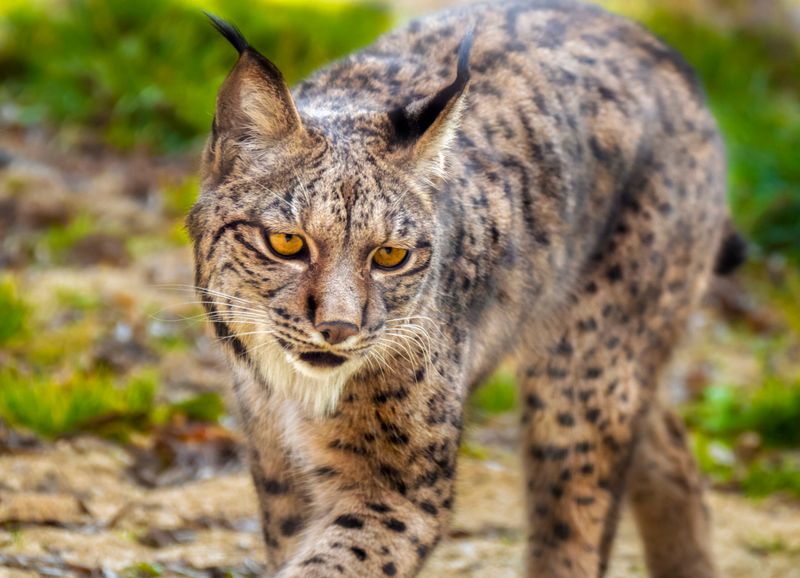
The fight to protect big cats is as much a legal battle as it is an environmental one. Policies and regulations need to support and enforce conservation efforts effectively.
However, bureaucratic hurdles and weak enforcement often hinder progress. Loopholes in legislation can leave big cats vulnerable to exploitation and neglect.
Strengthening legal frameworks requires advocacy and collaboration with policymakers. By ensuring robust and enforceable laws, we can provide the necessary protection for these incredible animals and secure their future.

